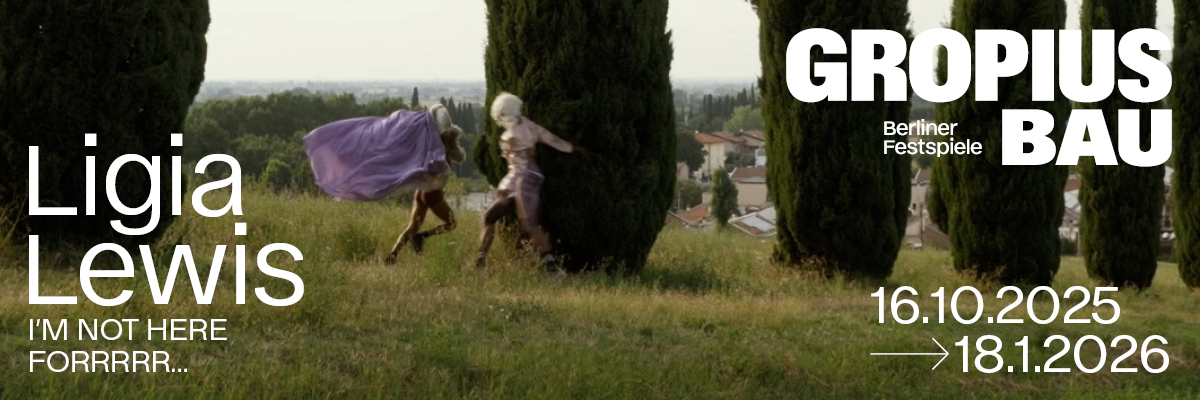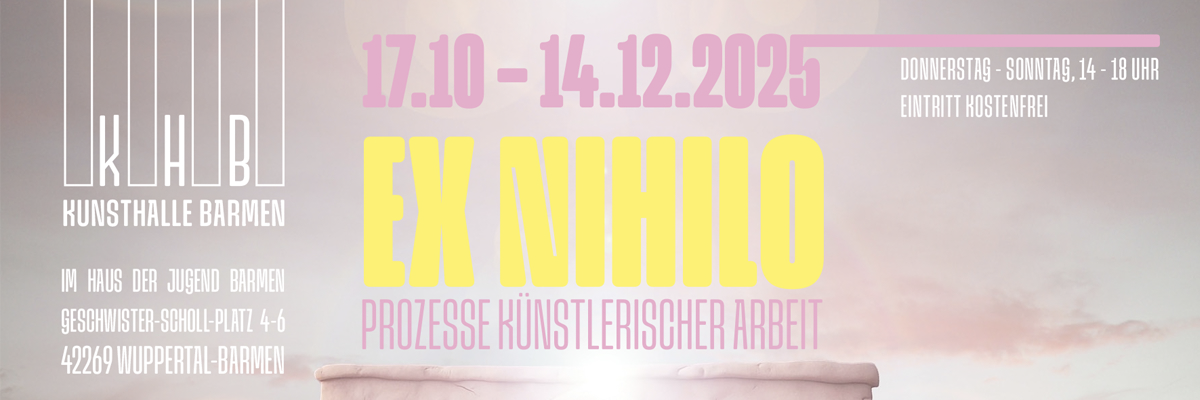
Gilles Jacot, Chantal Kaufmann
Source
![[l.t.r.] Gilles Jacot: searching practice 2024 | Gilles Jacot: cults of pleasure / global notes 2024 | Gilles Jacot: cults of pleasure / roaming 2024 | Gilles Jacot: cults of pleasure / great expectations 2024 | Chantal Kaufmann: code code code code 2024](https://backend.kubaparis.com/submissions/2024/09/28/Source/Stretcher-Source-01.jpg?v=1727517054)
[l.t.r.] Gilles Jacot: searching practice 2024 | Gilles Jacot: cults of pleasure / global notes 2024 | Gilles Jacot: cults of pleasure / roaming 2024 | Gilles Jacot: cults of pleasure / great expectations 2024 | Chantal Kaufmann: code code code code 2024
Advertisement
![[l.t.r] Chantal Kaufmann: a paper thin past 2024 | Gilles Jacot: cults of pleasure / roaming 2024](https://backend.kubaparis.com/submissions/2024/09/28/Source/Stretcher-Source-03.jpg?v=1727517055)
[l.t.r] Chantal Kaufmann: a paper thin past 2024 | Gilles Jacot: cults of pleasure / roaming 2024
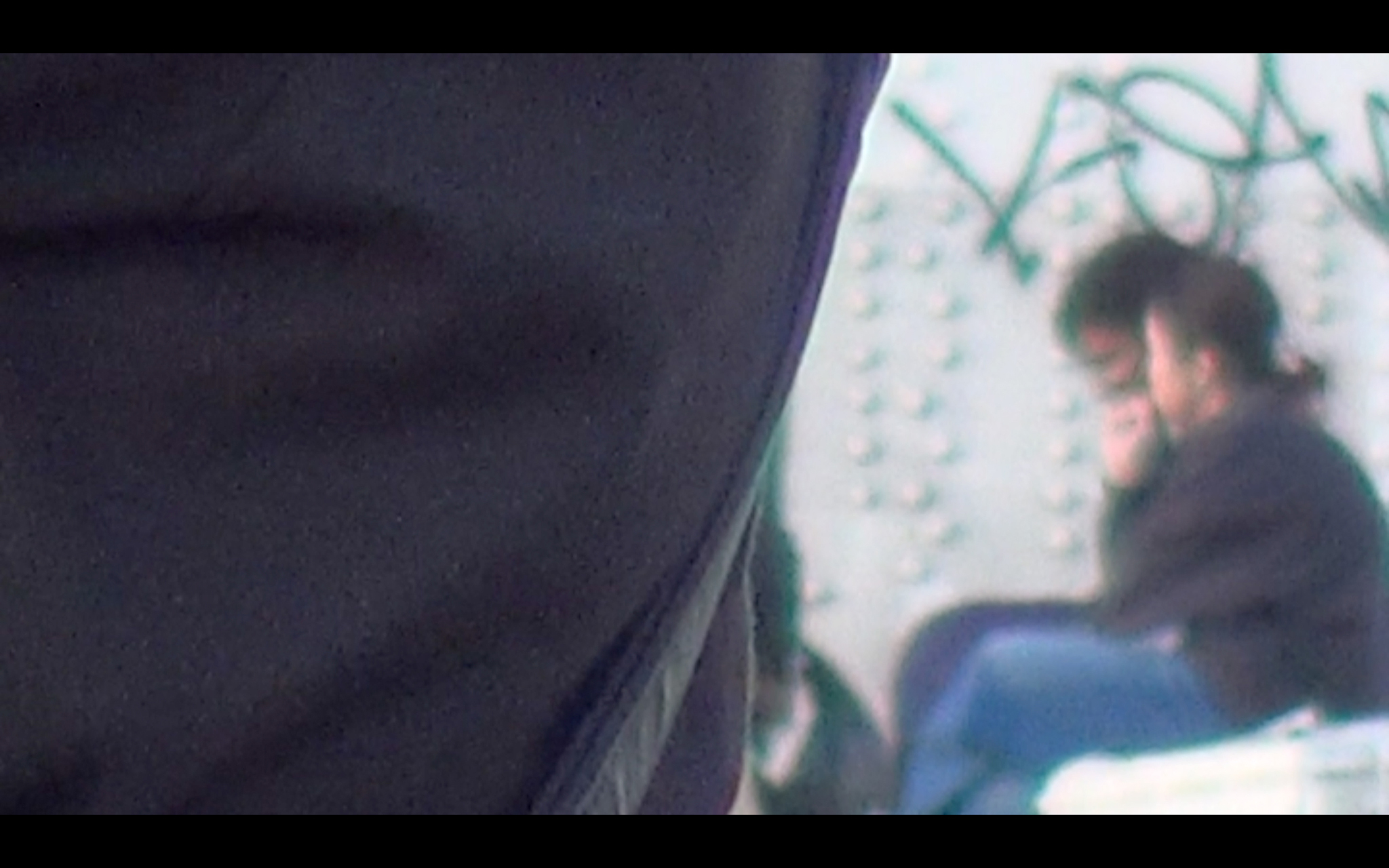
Chantal Kaufmann: a paper thin past 2024 (video still)
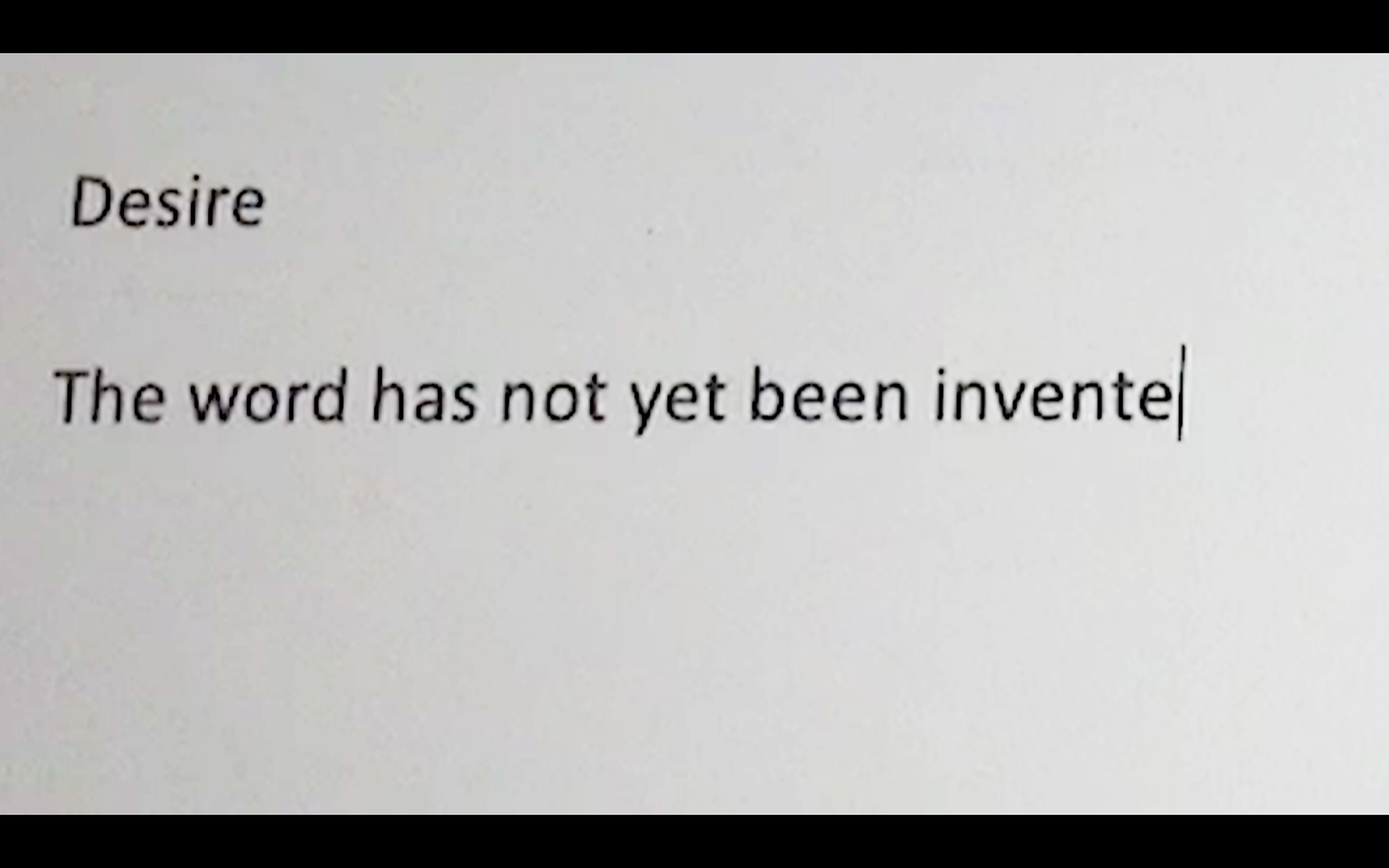
Chantal Kaufmann: a paper thin past 2024 (video still)
![[l.t.r] Gilles Jacot: cults of pleasure / stew 2024 | Gilles Jacot: cults of pleasure / roaming 2024 | Chantal Kaufmann: a paper thin past 2024](https://backend.kubaparis.com/submissions/2024/09/28/Source/Stretcher-Source-06.jpg?v=1727517056)
[l.t.r] Gilles Jacot: cults of pleasure / stew 2024 | Gilles Jacot: cults of pleasure / roaming 2024 | Chantal Kaufmann: a paper thin past 2024
![[l.t.r] Gilles Jacot: cults of pleasure / great expectations 2024 | Chantal Kaufmann: code code code code 2024 | Gilles Jacot: cults of pleasure / roaming 2024](https://backend.kubaparis.com/submissions/2024/09/28/Source/Stretcher-Source-07.jpg?v=1727517056)
[l.t.r] Gilles Jacot: cults of pleasure / great expectations 2024 | Chantal Kaufmann: code code code code 2024 | Gilles Jacot: cults of pleasure / roaming 2024
![[l.t.r] Gilles Jacot: cults of pleasure / mirror that 2024 | Gilles Jacot: cults of pleasure / global notes 2024 | Gilles Jacot: searching practice 2024](https://backend.kubaparis.com/submissions/2024/09/28/Source/Stretcher-Source-08.jpg?v=1727517057)
[l.t.r] Gilles Jacot: cults of pleasure / mirror that 2024 | Gilles Jacot: cults of pleasure / global notes 2024 | Gilles Jacot: searching practice 2024
![[l.t.r.] Gilles Jacot: cults of pleasure / mirror that 2024 | Gilles Jacot: cults of pleasure / great expectations 2024](https://backend.kubaparis.com/submissions/2024/09/28/Source/Stretcher-Source-09.jpg?v=1727517058)
[l.t.r.] Gilles Jacot: cults of pleasure / mirror that 2024 | Gilles Jacot: cults of pleasure / great expectations 2024
![[l.t.r.] Gilles Jacot: searching practice 2024 | Gilles Jacot: cults of pleasure / global notes 2024 | Gilles Jacot: cults of pleasure / great expectations 2024](https://backend.kubaparis.com/submissions/2024/09/28/Source/Stretcher-Source-10.jpg?v=1727517058)
[l.t.r.] Gilles Jacot: searching practice 2024 | Gilles Jacot: cults of pleasure / global notes 2024 | Gilles Jacot: cults of pleasure / great expectations 2024
![[l.t.r.] Gilles Jacot: searching practice 2024 | Gilles Jacot: cults of pleasure / global notes 2024](https://backend.kubaparis.com/submissions/2024/09/28/Source/Stretcher-Source-11.jpg?v=1727517059)
[l.t.r.] Gilles Jacot: searching practice 2024 | Gilles Jacot: cults of pleasure / global notes 2024
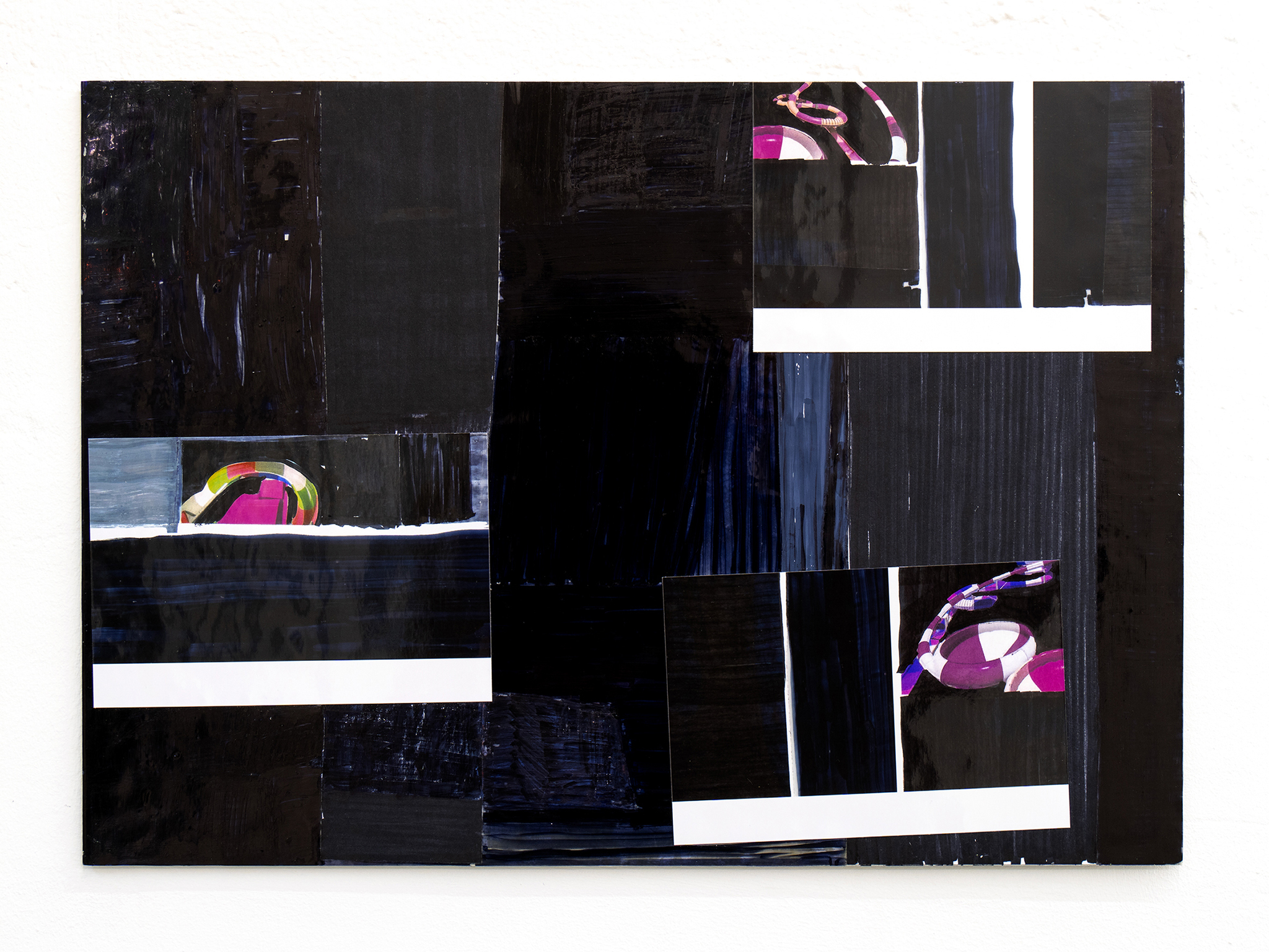
Gilles Jacot: searching practice 2024
![[l.t.r] Gilles Jacot: cults of pleasure / roaming 2024 | Gilles Jacot: cults of pleasure / stew 2024 | Gilles Jacot: cults of pleasure / mirror that 2024](https://backend.kubaparis.com/submissions/2024/09/28/Source/Stretcher-Source-13.jpg?v=1727517060)
[l.t.r] Gilles Jacot: cults of pleasure / roaming 2024 | Gilles Jacot: cults of pleasure / stew 2024 | Gilles Jacot: cults of pleasure / mirror that 2024
![[l.t.r] Gilles Jacot: cults of pleasure / great expectations 2024 | Chantal Kaufmann: code code code code 2024](https://backend.kubaparis.com/submissions/2024/09/28/Source/Stretcher-Source-14.jpg?v=1727517060)
[l.t.r] Gilles Jacot: cults of pleasure / great expectations 2024 | Chantal Kaufmann: code code code code 2024
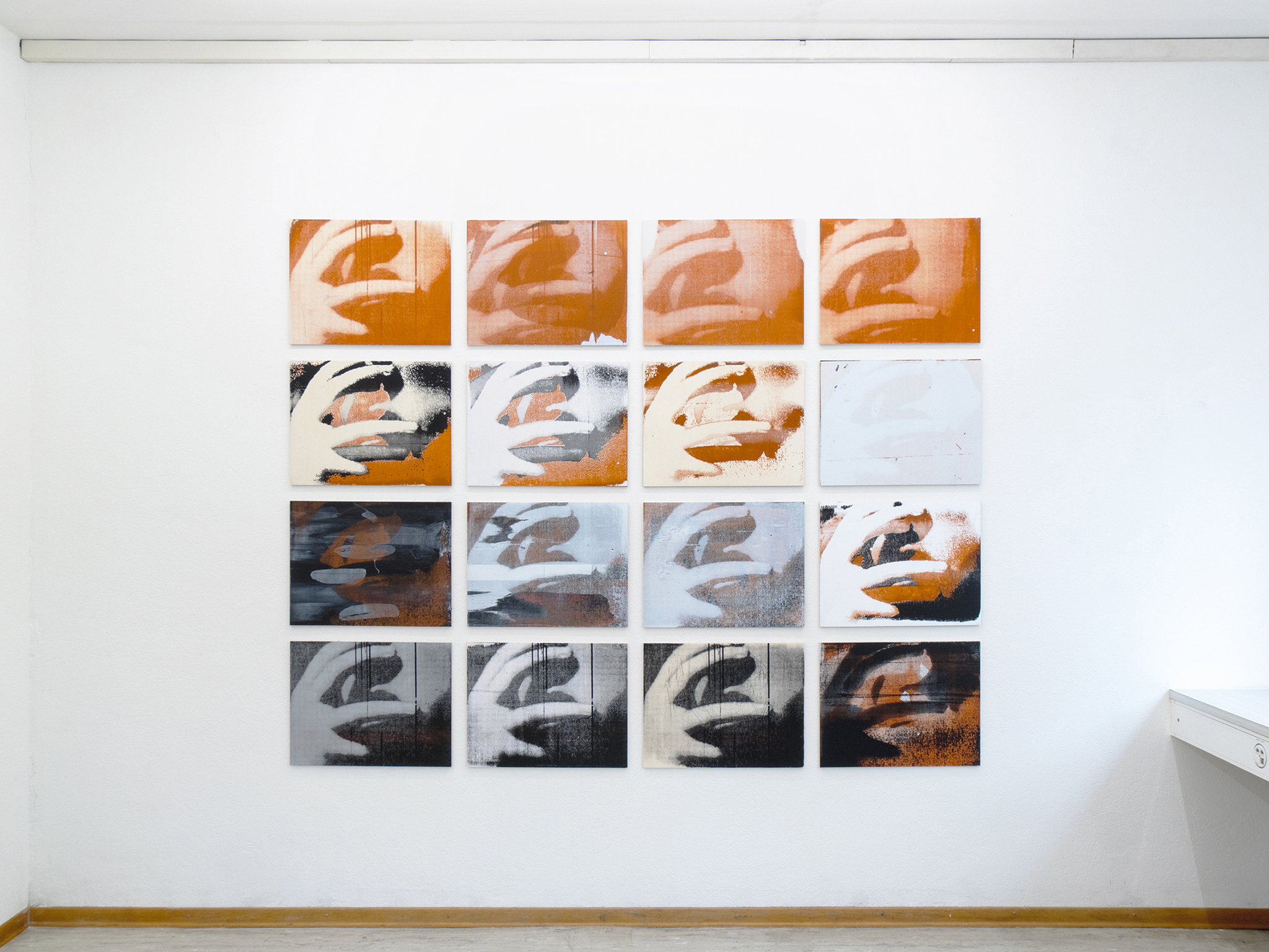
Chantal Kaufmann: code code code code 2024
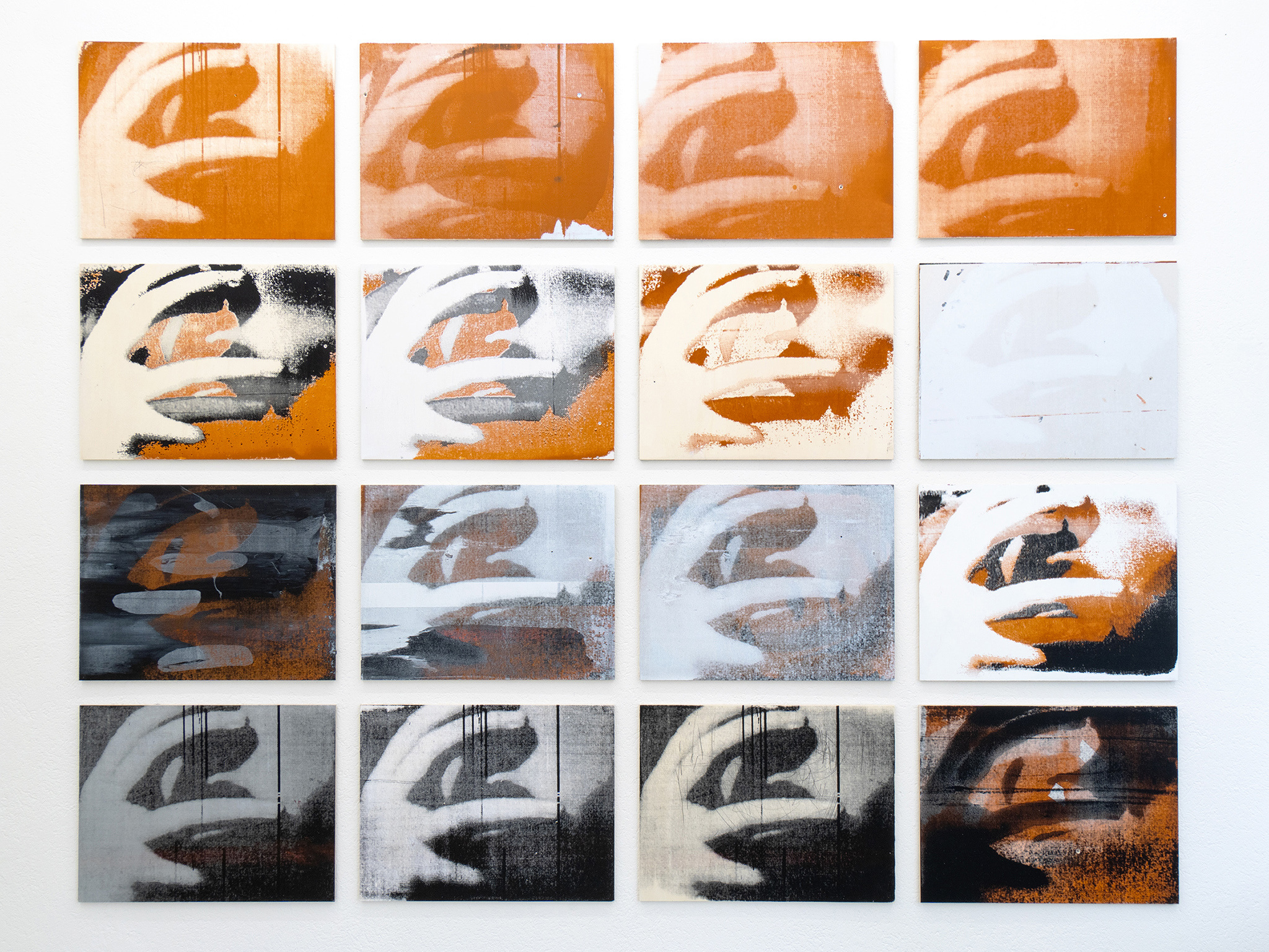
Chantal Kaufmann: code code code code 2024
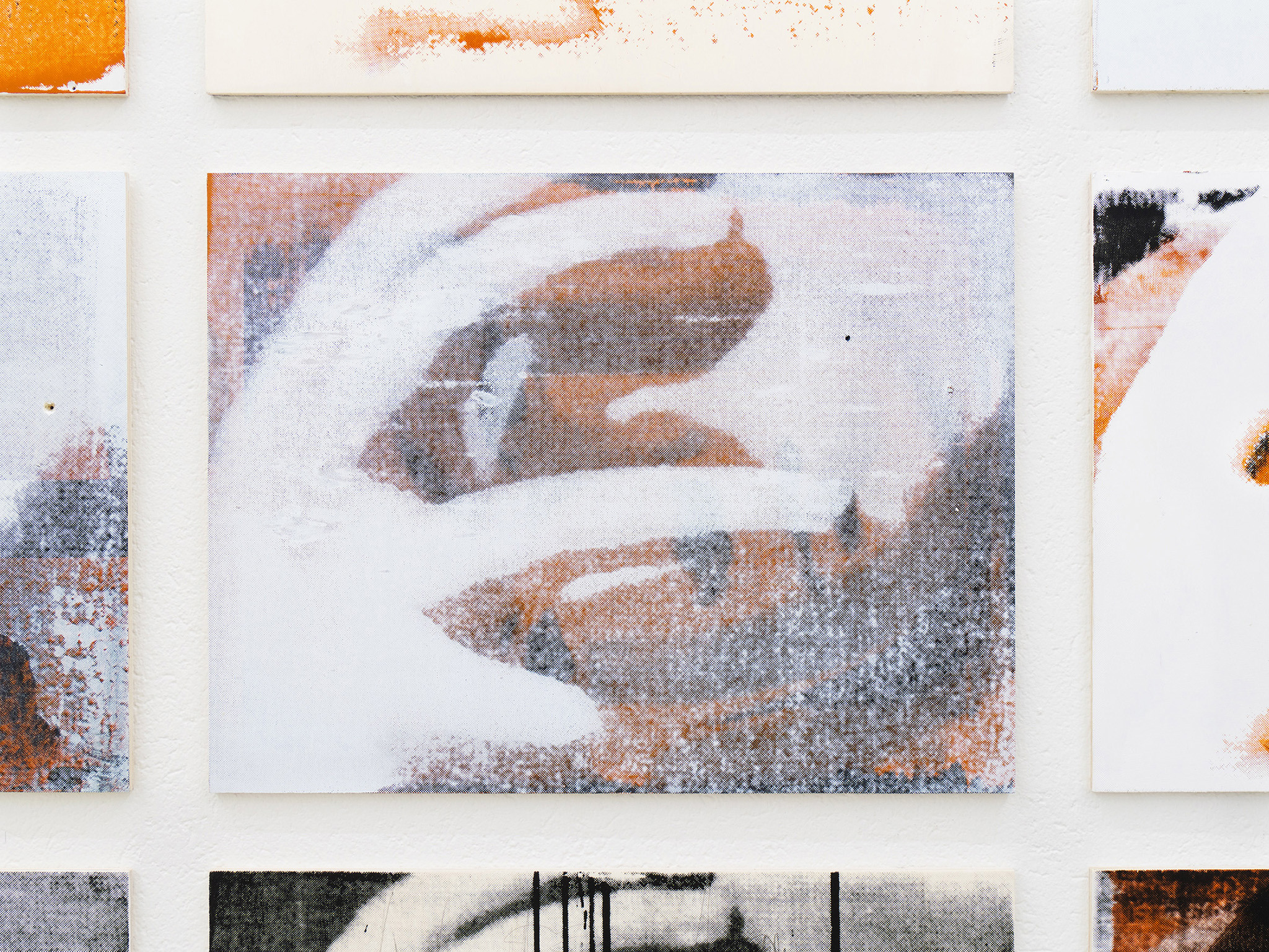
Chantal Kaufmann: code code code code 2024. (detail)
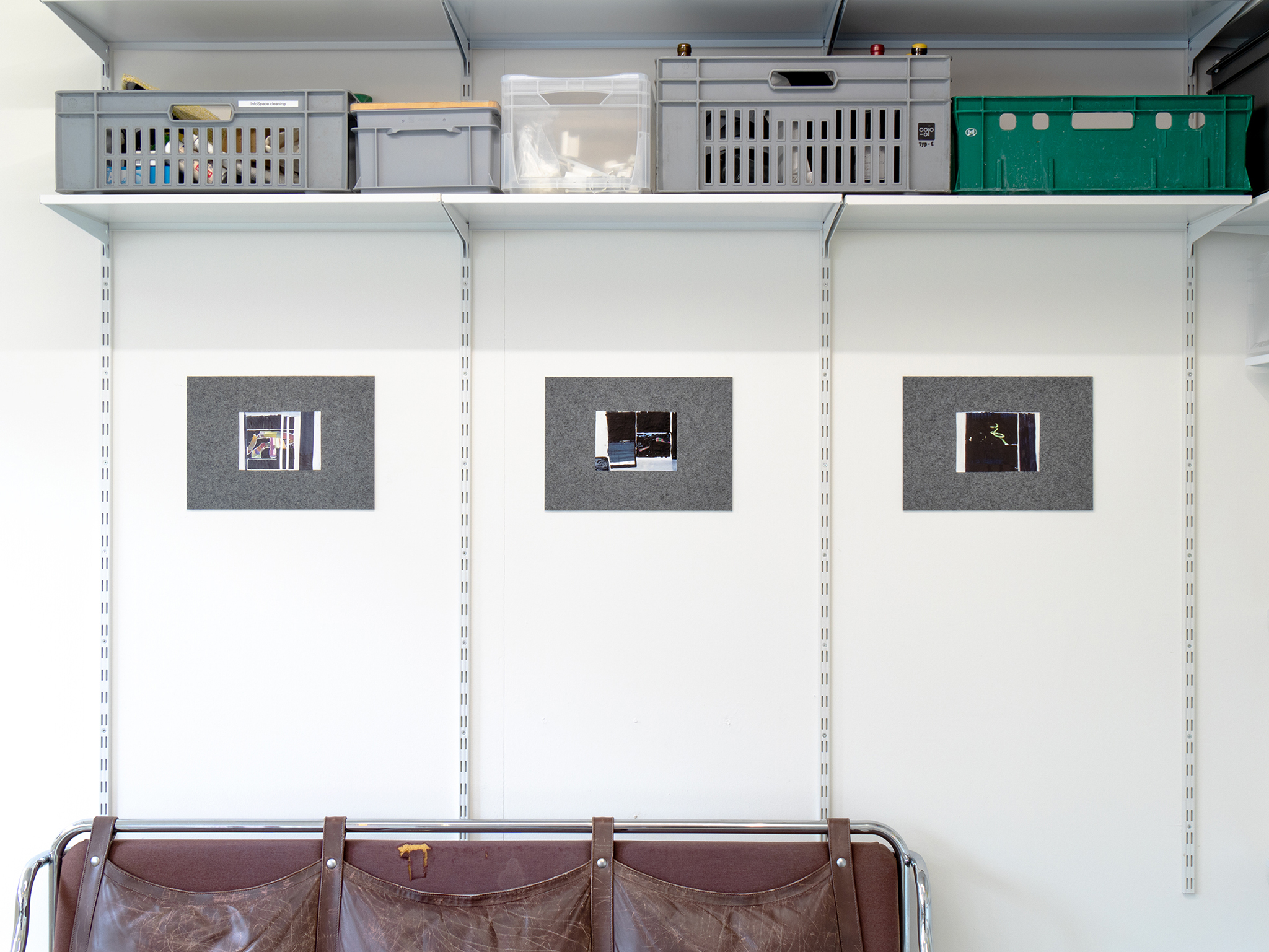
Gilles Jacot: thinking capacity 2024

Gilles Jacot: thinking capacity 2024
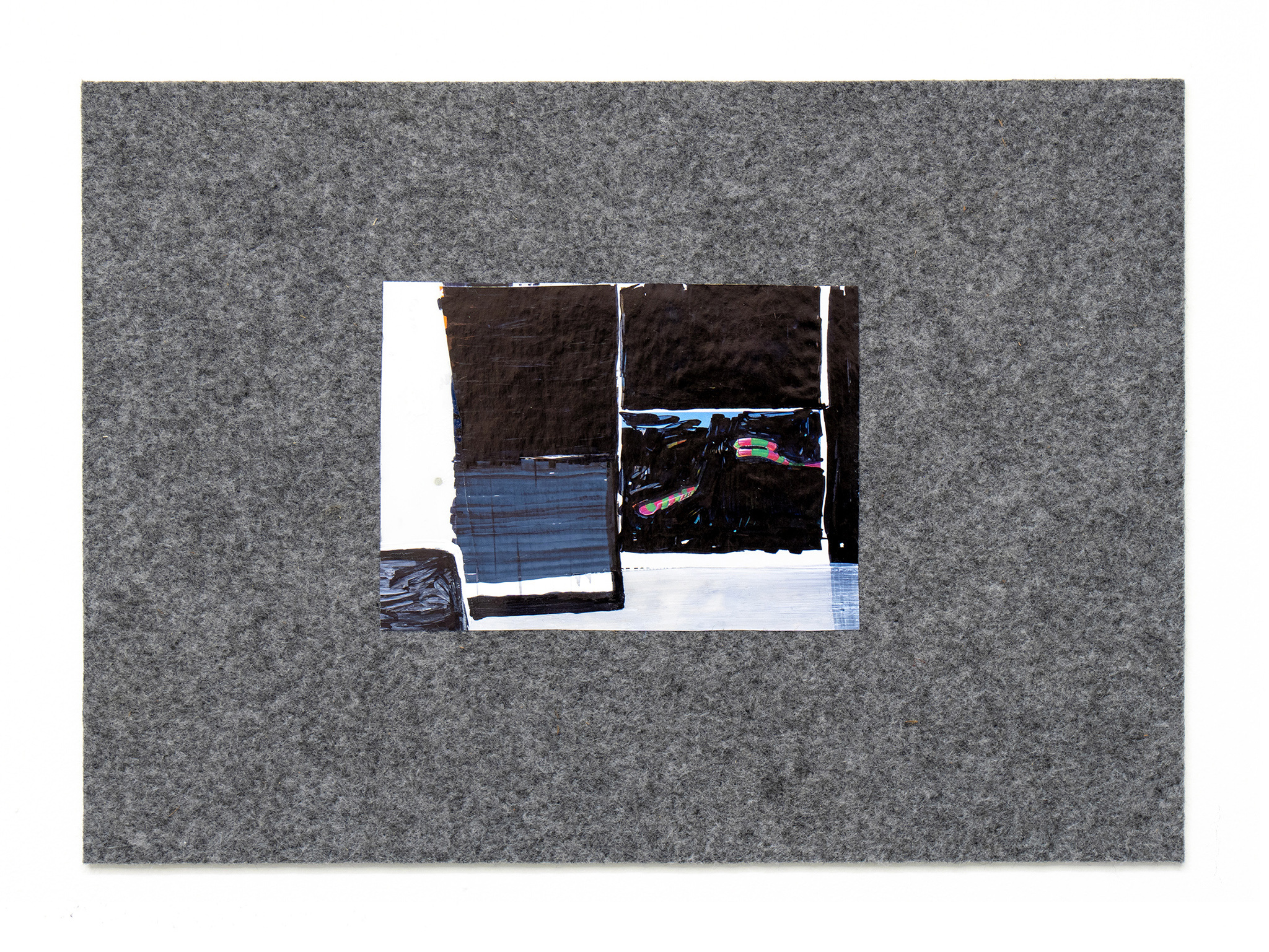
Gilles Jacot: thinking capacity 2024

Gilles Jacot: thinking capacity 2024
The exhibition Source is part of an ongoing series that began in May 2023 with the group show Time, please, and continued with Stories in October 2023. The cycle consists of four thematic concepts: 1 sourcing, mining, import, input; 2 machine, motor, production, metabolism; 3 stock, storage, provision, rejects, product, output; 4 pause, regeneration, rest, sleep, standstill, repair, maintenance. The categories partially overlap and coexist. The list describes a vital system that could be a complex organism set up as a self-perpetuating system: for example, a hospital or a bunker, a body, a biotope, a company, a state, a relationship or a planet, a system of goods and finance, or a bank. They are no fixed realities but time-immanent systems. To function autonomously, they are provided with vital resources. Such predefined processes follow a timeline.
In the third part, Source focuses on a minimalist approach to so-called «poor» materials: residual products, surpluses, waste. Gilles Jacot and Chantal Kaufmann adapt, recontextualize, and recycle existing material for the exhibition. In their practice, both pursue concepts of self-taught acquisition of skills and self-empowerment, as propagated in the DIY movement of the 1980s. In their self-image, this results in an economical and therefore automatically resource-saving, ecological use of materials.
Another aspect of their practice is that their socio-economic status – as with many other artists – strongly influences their artistic work. What may be true for many artists is not only a matter of fact but is consciously reflected upon and integrated into their practice. Their wage labor (besides «being artists») not only covers the cost of living but also serves as a source of content and material. The materials and image carriers used in the exhibition come directly from the environment of their wage labor, from where they were taken over by the artists as resources after a single use.
Pieces of carpet, left to Gilles Jacot after jobs in the advertising industry are rolled up into cylindrical shapes and placed upright on the floor. Wedged tightly between them: a spherical object made of gauze bandage and plaster. They are hollow molds of a spherical buoy – a technical object whose function is to keep itself afloat at all times, regardless of the water level.
The arrangement of the elements in the series cults of pleasure brings together hierarchically structured opposites in a confined space: The remains of carpets, which once served to define a space, or to disguise and to posh up a setting, stand at a similar height. When rolled up, the carpets only reveal their temporary state: they usually wait on the sales shelf, in storage, or on the set until they are sold, transported, processed, or disposed of. With their insides turned outward, they stand there as part of the installation, their disproportionate, cylindrical bodies appearing austere and decisive compared to the bandaged plaster balls that lie tightly stuck between their «feet». From the perspective of the «carpet entities», the «plaster entities» are easy to overlook. Though they share a common world, their reality takes place far below and is difficult to detect from above.
The attached photographs are taken from a video, recorded by the artist at various locations in Paris, where he lives. He put wigs on his camera, suggesting the perspective of fictional characters in the image and thus allowing the camera to operate undetected on the scene. The wigged camera, which becomes a protagonist, lets us look at the artist‘s real surroundings from the perspective of a fictional person. The film stills function as a membrane between the real «outside» and an imaginary «inside», while the low camera angle possibly indicates the point of view of the «plaster entities». The 16:9 image format printed on classic 15 x 10 cm photographic paper (recognizable by the white lower strip) hints at an adaptation from a video.
The collages searching practice and thinking capacity show images of waterslides from travel magazines, which mutate into intricate, abstract shapes by manually removing the background. The colorful plastic sculptures, evoking psychedelic and op art, symbolize a determined process – an «experience» with a beginning and an end. There is no such thing as before and after. The surroundings have been masked – or censored – by the artist.
Chantal Kaufmann‘s work is characterized by her interest in the mechanisms that shape our understanding of subjectivity, in particular the logocentric orientation that has long developed in Western thought. (1) In her practice, Kaufmann focuses on the connection between language and image and how these generate meaning in the interplay between author and recipient. Without locating this in a fixed framework of meaning, she is interested in where the limits of this production of meaning lie.
The baroque painting by Lorenzo Lippi (1606-1665) from 1630, renamed Allegory of a Simulation in the 1980s, serves the artist in code code code code as a model for a series of screen prints. Surprised by the title of the painting, Kaufmann starts from the idea that allegories as pictorial representations of abstract concepts always require a certain prior knowledge or cultural codes in order to be understood. There is always an «excess of meaning» in the symbolism of such paintings - an indecipherable residue that cannot be revealed simply by looking at the picture. With this in mind, Kaufmann explores the space that remains unexplored without linguistic mediation. For code code code code, she applies linguistic logics to image production. Her approach is based on the idea that it is not only words that acquire their meaning through constant repetition. The repeated motif in the screen print refers to the idea of iteration, i.e. repetition with small alterations, which not only consolidates meaning but also has the potential to rewrite, redefine or even destabilize it.
In the video projection a paper thin past, 24 individual images per second shape the visual experience and refer to the significance of the grid as a structure. Here Kaufmann addresses the rhythmic dimension of language and the modalities that become invisible in everyday use because they are governed by ratio and law (syntax). Sounds and words interweave, the usual linearity and supposed unambiguousness of text is put to the test. Her interest in the deconstruction of logocentric ideas is also evident here. By placing language and image in a playful relationship, she explores the mechanisms that generate meaning and opens up new possibilities for interpreting and questioning them.
As the final act in the process of setting up the exhibition, we have placed the work Shift (1982) by the artist Toshio Matsumoto, who died in 2017, outside the exhibition space. The video work can be understood metaphorically as quotation marks («») between which the exhibition is located.
The film shows the buildings of the Kyushu Institute of Design, where Matsumoto taught in the 1980s. Using minimal footage, he creates temporal shifts through camera pans, zooms and the horizontal division and gridding of the image sections, thus opening up new meanings of images and semantic spaces.
«In a sense, by recombining the structural elements of time and space in an image, I was searching for a kind of image anagram that would produce a new time and space. In my mind, this work was somehow connected to the study of anagrams of poetic language that Saussure devoted himself to in his later years.» (2)
(1): The logocentric approach assumes that we understand reality mainly through language and that it is only through naming and describing something that it becomes completely real.
(2): The linguist Ferdinand de Saussure investigated whether alternative meanings were hidden in old poetic texts by the use of anagrams. According to Saussure, such subtextual patterns should be recognizable to those who understand the poetic system. Although he was unable to confirm his hypothesis, his studies raise questions about the conscious and unconscious use of patterns in literary texts and the relationships between signs, symbols and their meanings.
Daniel Kurth with Gilles Jacot & Chantal Kaufmann (
